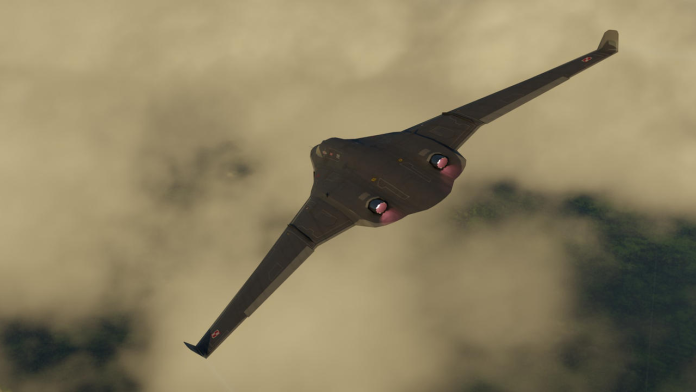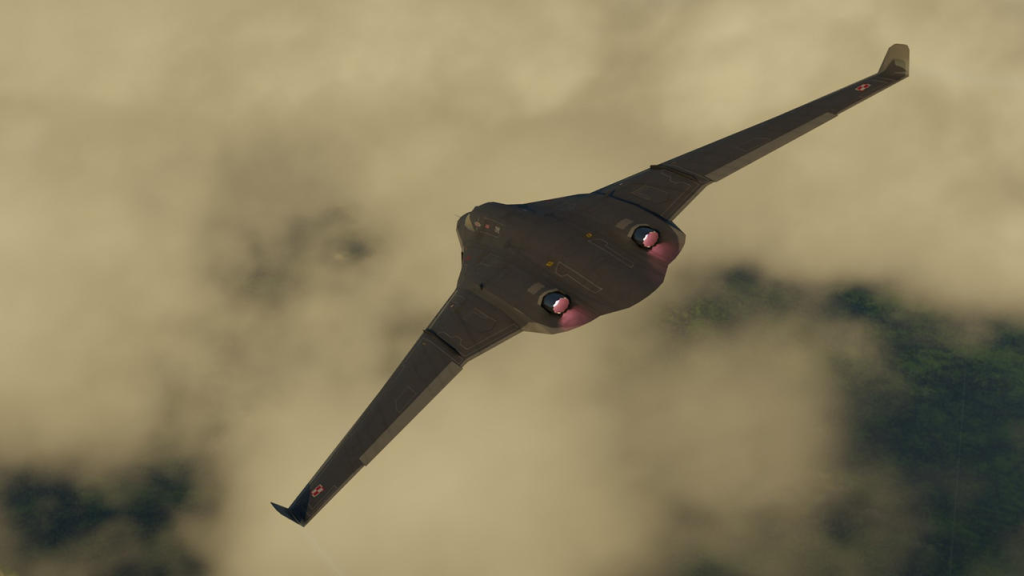
The PAK DA stealth bomber was Russia’s bid for the next generation of strategic airpower a flying wing conceived to compete with the American B-21 Raider and China’s H-20. What’s been delivered is a case study of how sanctions, industrial decline, and changing defense priorities can bring down even the most ambitious aerospace projects.
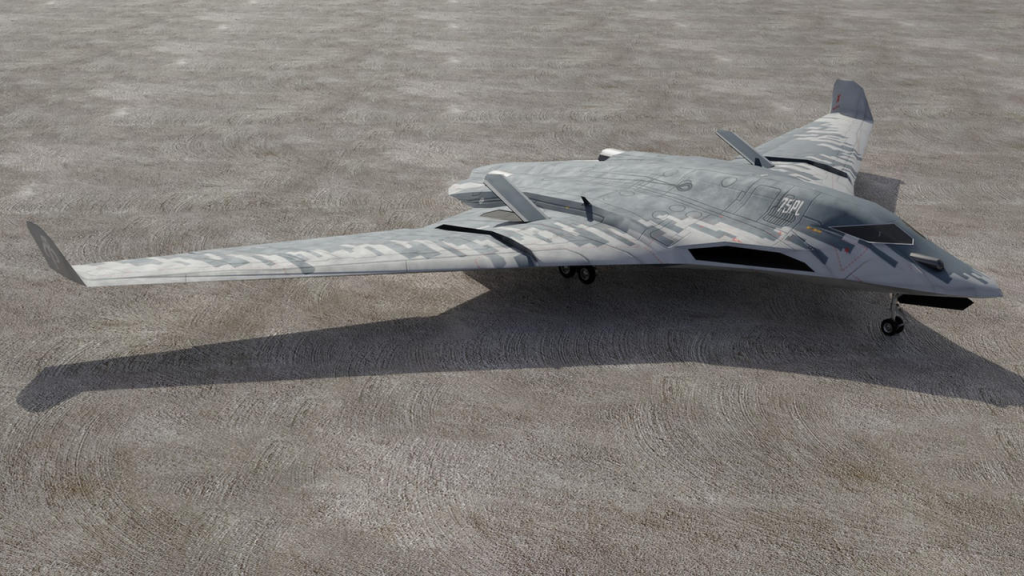
1. From Supersonic Legacy to Stealth Ambition
The PAK DA Perspektivnyi Aviatsionnyi Kompleks Dalney Aviatsii is a doctrinal departure from the Soviet fixation on speed. Initial ideas in the 2000s included a supersonic replacement for the Tu-160 “Blackjack,” but by 2013, the Russian Ministry of Defence had reversed to a subsonic flying wing, focusing on low observability, range, and payload over sheer velocity. This was a parallel move to that of the Americans with the B-2 Spirit, recognizing that advanced integrated air defense systems require stealth rather than speed in order to survive.
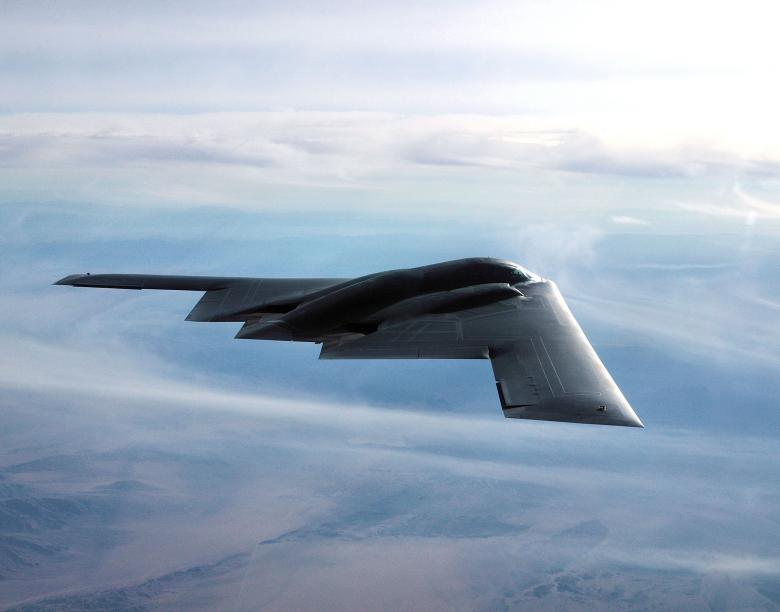
2. A Design Shaped by Stealth Physics
The flying wing design minimizes radar cross-section (RCS) by doing away with vertical stabilizers and merging the fuselage with the wing. Intakes for the engines are placed on top of the fuselage to protect compressor faces from ground-radar. However, Russia’s stealth production still depends on post-production radar-absorbent material (RAM) paint coatings instead of structurally integrated composites. The approach is less efficient over multiple radar bands, deteriorates quicker in adverse conditions, and raises maintenance cycles considerations that may detract from operational readiness.
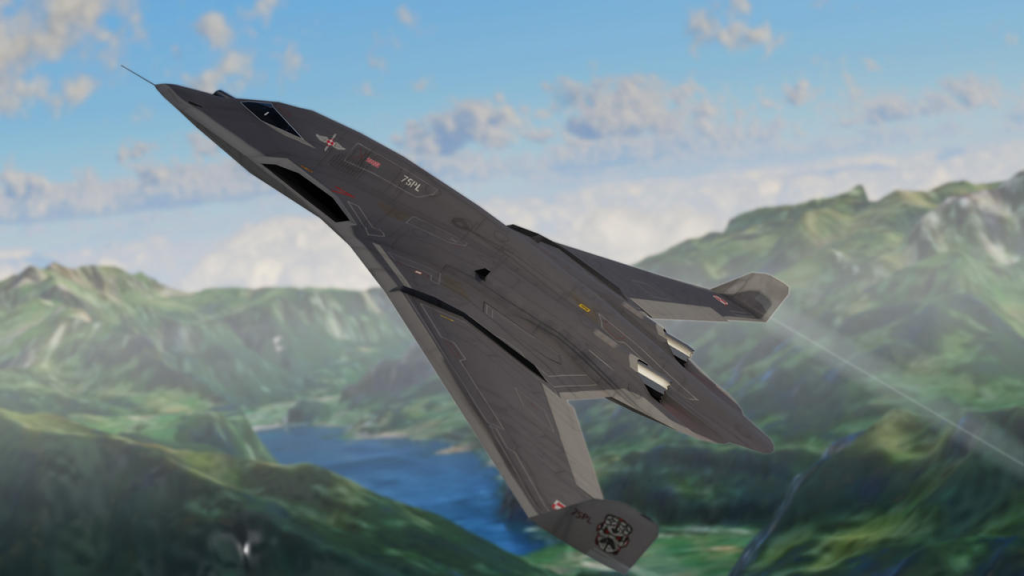
3. Propelling the Poslannik
The PAK DA will be powered by the “Izdeliye RF” engine, a non-afterburning version of the NK-32-02 turbofan of the Tu-160M2, tuned for subsonic efficiency. Bench testing started in 2020, and design targets included 12–21 years of operational life and survivability against the electromagnetic and thermal forces of nuclear detonations. Such longevity in the sanctions-bounded supply chain is a daunting task.

4. Electronic Warfare and Sixth-Generation Claims
Russian commanders have vowed “a totally new airborne defense system to guard it from any kind of weapons radar and optical.” On the drawing board are a sophisticated electronic warfare (EW) suite to jam and spoof air defense radars, network-centric data transfer, and even unmanned flight. Hypothetical capabilities such as mission management with AI, and directed-energy systems are branded “sixth-generation” capabilities, although Russia still has not fully developed the integrated stealth and avionics technologies that form the basis for fifth-generation aircraft.
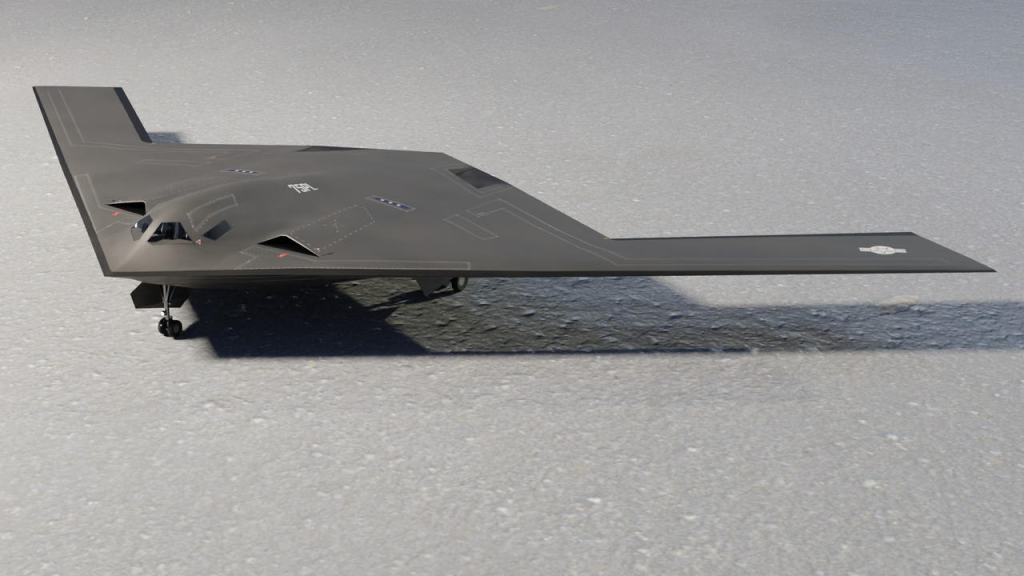
5. A Missile Truck Doctrine
In contrast to the deep-penetration B-21 Raider, the PAK DA seems to be optimized as a standoff “missile truck,” delivering hypersonic and long-range cruise missiles from beyond the range of heavily defended airspace. Its estimated 30–35 tonne internal payload outmatches both the B-2 and B-21, allowing for salvos of Kh-102 nuclear cruise missiles or future hypersonic systems. This doctrine moves survivability from the platform to the weapons themselves.
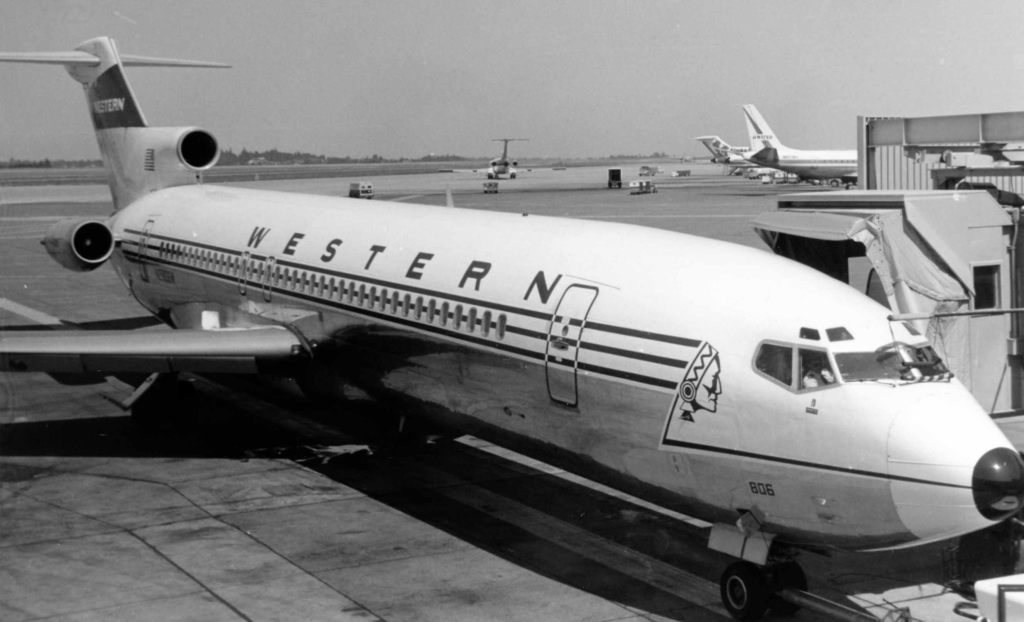
6. Sanctions and Industrial Decline
Shutting off sweeping Western sanctions since 2022 has strangled access to high-performance microelectronics, precision tooling, and composites. Anatoly Gaydansky, Aerocomposite CEO, conceded that “domestic producers aren’t even close to satisfying the sector’s needs the electronic component base is an important area of concern.” Russia has had to buy more than $1 billion in Western aircraft components through third-party countries, but decades of underinvestment and post-Soviet “brain drain” have depleted engineering capabilities.
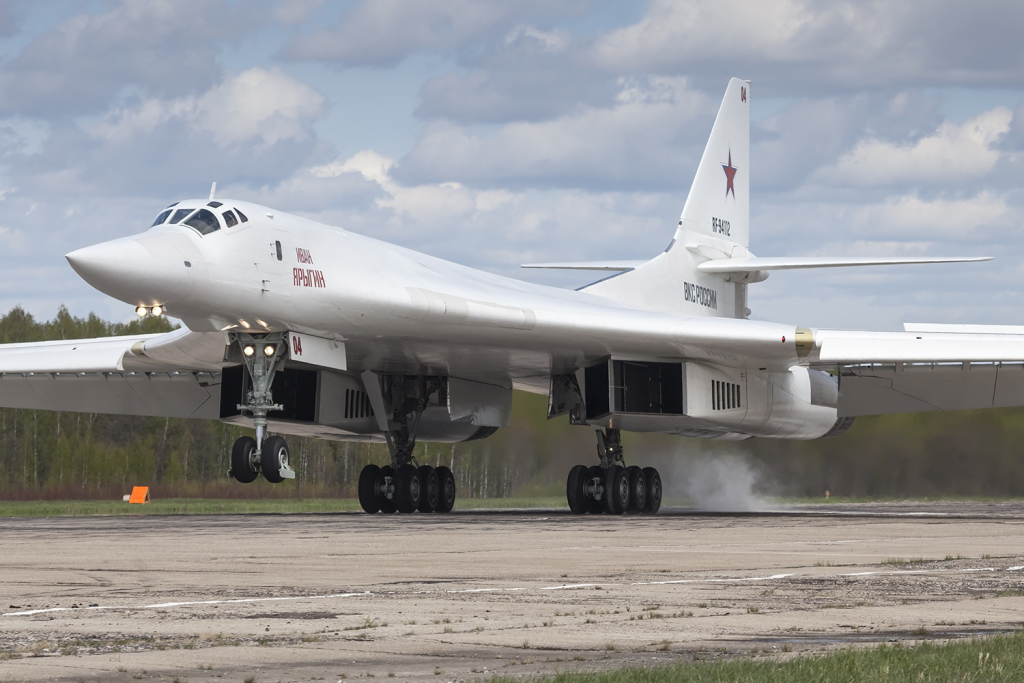
7. Tu-160M as a Test Bed
As PAK DA schedules slide, Russia revived Tu-160M production and modernization. The NK-32-02 engines, advanced avionics, and EW systems of the Tu-160M are testing grounds for technologies that will go into the PAK DA. The “White Swan” is still the quickest bomber in operational service at Mach 2.05, with a range of 7,640 miles and a payload of 88,000 pounds, but with no stealth features, it has a limited role against sophisticated defenses such as the U.S. Golden Dome missile shield.
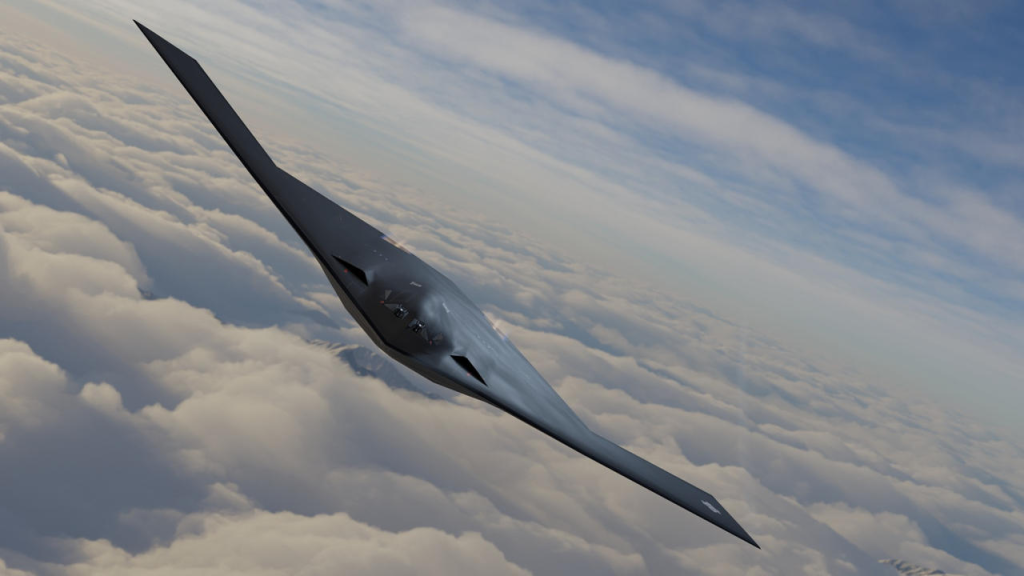
8. The Competitive Gap
The B-21 Raider flew in November 2023 and is moving into low-rate production, with entry to service anticipated by 2027. The H-20 might already be undergoing flight testing. Both rivals embed stealth in their airframes through composite structures, which Russia has yet to be able to match. The open-systems architecture of the B-21 permits speedy upgrading, and the H-20’s range, said to be as much as 5,300 miles, situates it for Pacific power projection.
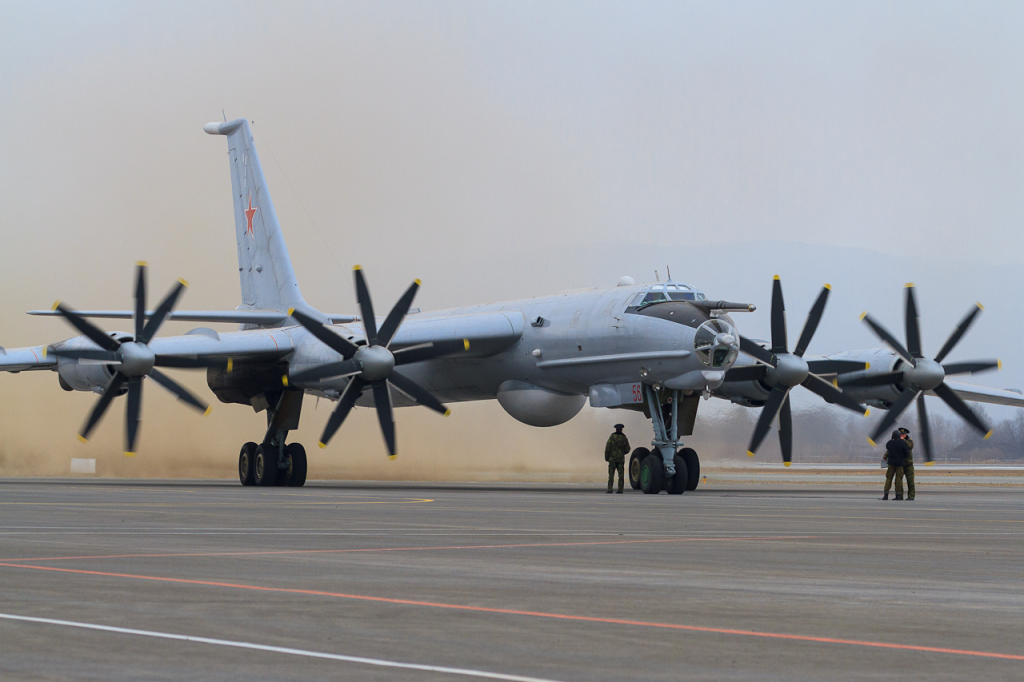
9. War Pressures and Strategic Trade-Offs
The war in Ukraine has both highlighted the necessity of a survivable bomber and spent the resources to construct one. Drone attacks by Ukrainians in June of 2025 wrecked or crippled several Tu-95 and Tu-22M3 bombers deep within Russia, laying bare the weakness of the existing fleet. However, the requirements of the war in terms of budget, resources, and personnel have tempered R&D activity, compelling Moscow to decide either to finance fifth-generation bombers or increase fifth-generation fighter production.
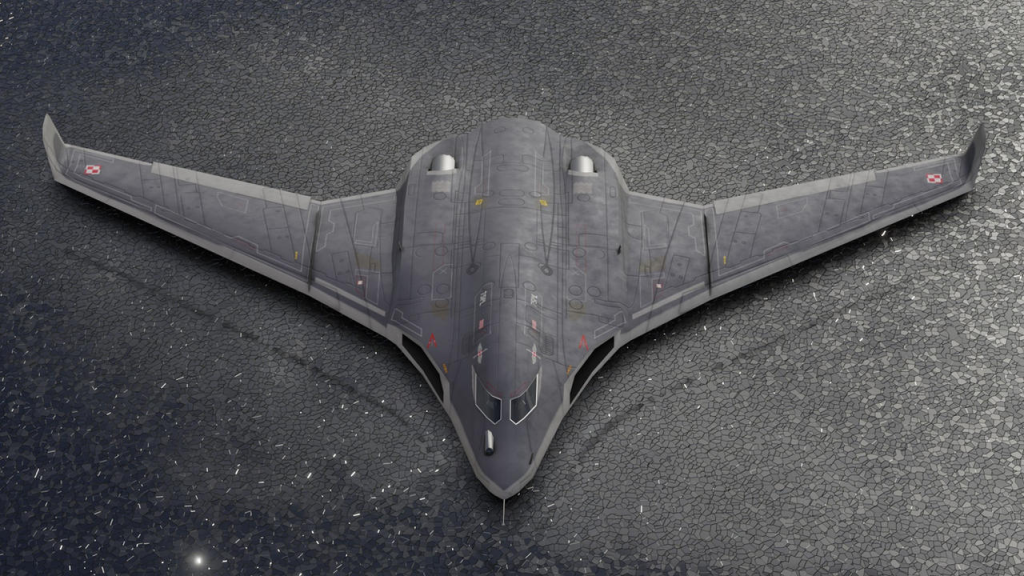
10. A Future in Question
Originally targeted to fly between 2015 and 2019, the PAK DA prototype is now unlikely before 2026, with serial production slipping to the 2030s. Western commentators increasingly question Russia’s ability to deliver more than a token squadron. As defense analyst Steve Balestrieri said, “the likelihood of this Russian bomber ever flying is most likely zero the PAK DA stealth bomber is all hype.”
The destiny of the PAK DA will rest on whether Russia can compensate for its industrial and technological shortcomings under continued economic and military strain. Meanwhile, the gulf between desire and capability keeps widening, and its strategic aviation future hangs precariously on legacy platforms.
